Sony Cyber-shot DSC-WX1 Review
Sony Cyber-shot DSC-WX1
We take a look at Sony's latest high-tech ultra-compact

Verdict
Pros
- Very good video and audio quality
- Excellent image quality
- Advanced features
Cons
- Small controls
- Difficult to hold securely
- Plain design
Key Specifications
- Review Price: £229.99
- Aluminium body
- 5x optical zoom
- 10x digital zoom
- 149g
- 10.2-megapixel EXMOR CMOS sensor
A more ambitious but ultimately better way of standing out is to offer innovative new features, and preferably ones that are actually of some benefit to the user. Fortunately there are some camera manufacturers who take this approach, and the results at least make my job a bit more interesting. A good example is this, the Sony Cyber-shot DSC-WX1. It was launched late last year, but is still one of the cornerstones of Sony’s high performance W-series. Like another of Sony’s recent compacts, the Cyber-shot HX5 which I reviewed a few weeks ago, the WX1 is a showcase of the latest in digital camera technology, with a number of advanced features some of which are unique to Sony.
The WX1 is not a cheap camera, but in fact its £230 price tag isn’t particularly expensive for an advanced ultra-compact. Compare it to around £200 the Fuji F80 EXR or Panasonic FX60, £250 for the Samsung WB1000, or even £275 for the new Canon IXUS 210 IS. The general build quality is certainly on a par with such esteemed rivals, with a strong all-aluminium body that is available in silver, gold or the matt black seen here. The WX1 is one of the smallest ultra-compacts on the market, measuring just 90.5 x 51.8 x 19.8mm and weighing 149g including battery and memory card, small and light enough to slip into a shirt pocket. The camera’s flat profile and rectilinear shape are rather plain and nondescript, and it’s not particularly easy to hold securely. The large screen on the small body doesn’t leave much room on the back for the controls, which are very small and rather cramped, but they are at least well labelled and function smoothly, as does the well designed menu system.
The camera’s external hardware also lives up to the camera’s price bracket. The lens bears Sony’s G branding, found on its high-end DSLR lenses, and has a fast maximum aperture of f/2.4 – f/5.9. The LCD monitor is also very good; clear, sharp and bright with a good anti-glare coating. The angle of view is very good from the top, right and left, but annoyingly it inverts at a relatively shallow angle when viewed from below.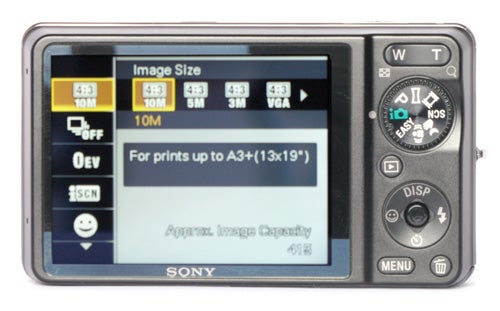
The key to the WX1’s features is its combination of a high-speed 10.2-megapixel EXMOR CMOS sensor and Sony’s powerful Bionz processor. This allows it to shoot full-frame images at a very fast 10 frames a second. The main feature this empowers is the Sweep Panorama mode. This is something which is currently unique to Sony and has appeared on a couple of previous models, but knowing the nature of the camera industry I’m fairly sure most of the competition’s cameras will have something similar by this time next year. Sweep Panorama replaces the stitched panorama assist that has been a standard feature of most digital cameras for years. To shoot a panoramic shot one simply presses and hold the shutter button while sweeping the camera across the scene. The camera takes a series of high-speed overlapping shots and automatically stitches them together on the fly to produce a single ultra-wide panoramic shot.
Two other benefits of the high-speed capture technology are the Anti Motion Blur and Handheld Twilight modes, which are basically both the same thing. In these modes the camera takes a series of six high-speed shots, and then combines them into one low-noise image with less blur. It does work surprisingly well, producing usable images in very low light situations, although the final image quality isn’t anything too amazing. To further reduce blur the WX1 has Sony’s excellent optical image stabilisation system.
Other features include HD video shooting at 1280 x 720 resolution and 30 frames a second, with mono audio. Optical zoom can be used while recording, and the silent zoom motor is inaudible on the soundtrack. The video and audio quality are very good, recorded in MPEG format.
The WX1’s overall performance is excellent. It starts up and is ready to shoot in approximately 1.7 seconds, which is very quick. In single-shot mode it can maintain a shot-to-shot time of approximately 1.5 seconds, which is also nice and fast.. There are three continuous shooting modes capturing bursts of 10 frames and 2fps, 5ps, 10fps respectively, and an auto bracketing mode.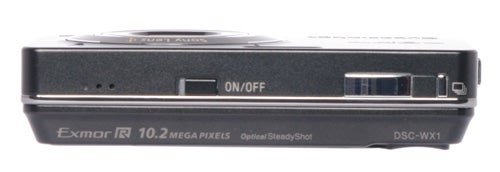
The autofocus system is also exceptionally good. It has a nine-point AF system, with multi-point, centre-weighted and centre-point modes. It is one of the fastest AF systems I’ve seen on a compact camera, focusing in a fraction of a second in good light. In lower light and at longer zoom ranges it does slow down appreciably but it does focus reliably. The AF assist lamp is very bright and the camera will focus accurately in total darkness at a range of several metres.
When one spends over £200 on a compact camera one expects good image quality, and the WX1 certainly delivers. The Sony G lens provides good frame-wide sharpness with no chromatic aberration, although it does exhibit some barrel distortion at wide angle. Colour reproduction is bright and natural with good detail in saturated areas, and dynamic range is also very good, thanks to the larger pixels and lower density of the 10.2MP EXMOR sensor. The WX1 has Sony’s D-Range Optimiser, still the best of the contrast booster systems now commonly found in high-res compacts, and this helps to dramatically improve shadow detail.
Noise control has previously been a problem for some Sony cameras, but the WX1 is very good, producing excellent image quality at 200 ISO, only a smattering of light noise at 400ISO and perfectly usable images at 800 ISO. 1600 and 3200 ISO are available in the High ISO scene mode, however at these settings picture quality is not so good, so they’re best avoided.
”’Verdict”’
The Sony Cyber-Shot DSC-WX1 is exactly what a luxury ultra-compact should be; a tiny techno-toy crammed with all the latests gadgets and gizmos, with fast performance, plenty of clever features and decent picture quality to match. It may look a bit dull but it is very well made, and despite the price it’s actually not bad value.
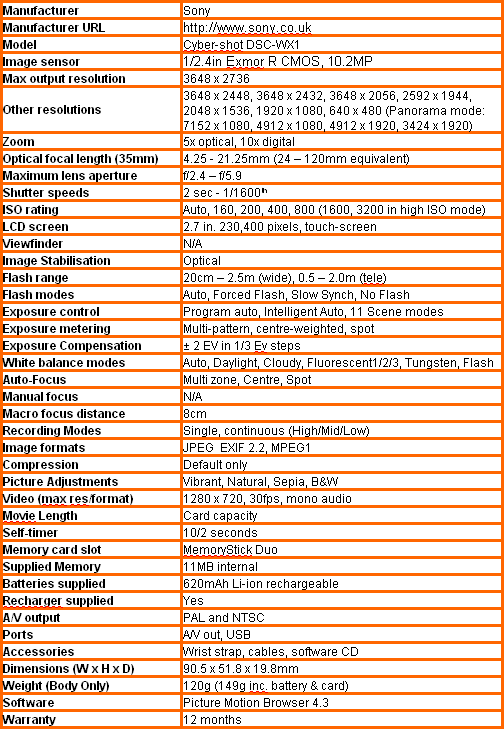
”Over the next few pages we show a range of test shots. On this page the full size image at the minimum and maximum ISO settings have been reduced to let you see the full image, and a series of full resolution crops have taken from original images at a range of ISO settings to show the overall image quality. These pictures were taken indoors using shaded natural light. ”
—-
This is the full frame at the minimum ISO setting of 160.
—-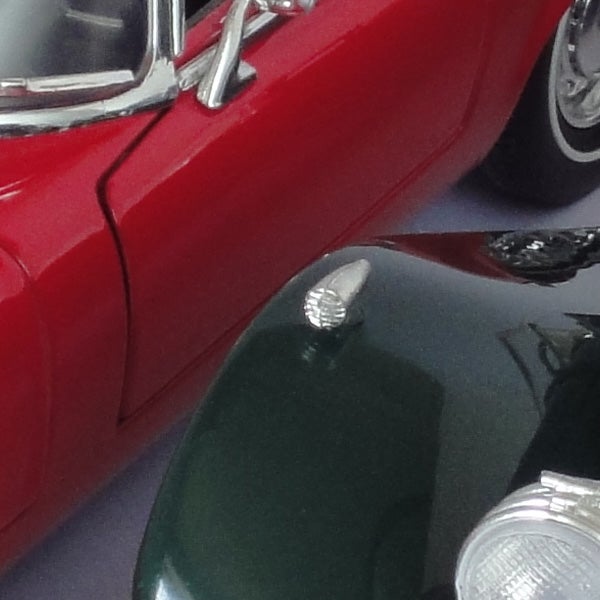
The image quality at 160 ISO is excellent, with good colour gradation and fine detail.
—-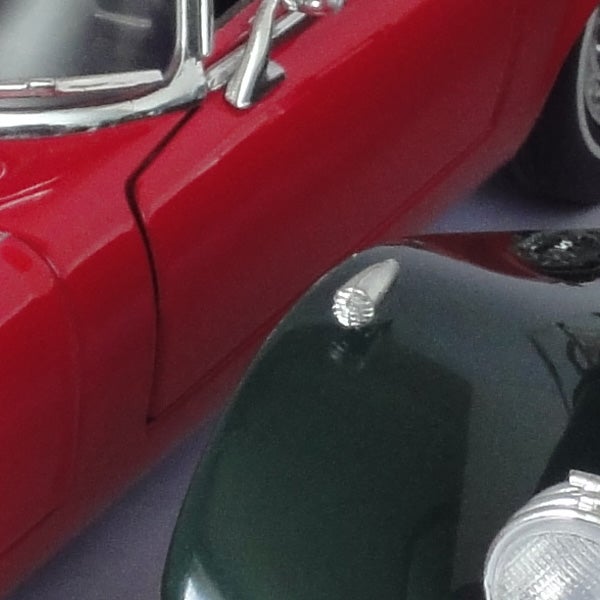
Not much difference at 200 ISO, unsurprisingly.
—-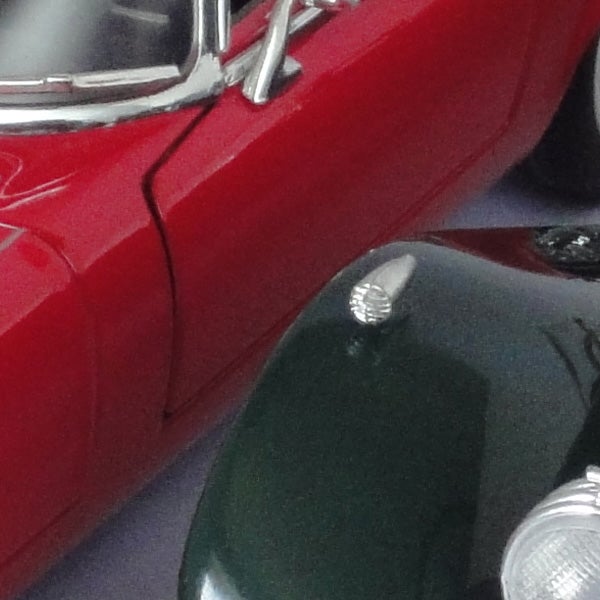
Slightly more noise at 400 ISO, but the image is perfectly printable.
—-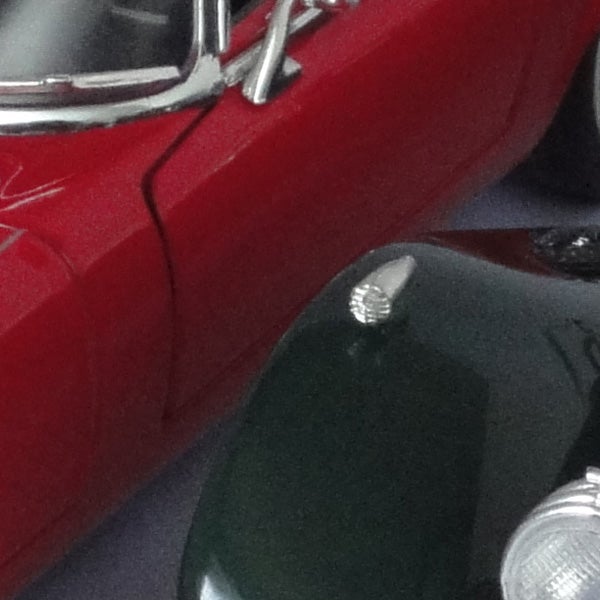
Quite a bit more noise at 800 ISO, but the overall quality is still pretty good.
—-
Image quality is greatly reduced in high ISO mode, at 1600 ISO.
—-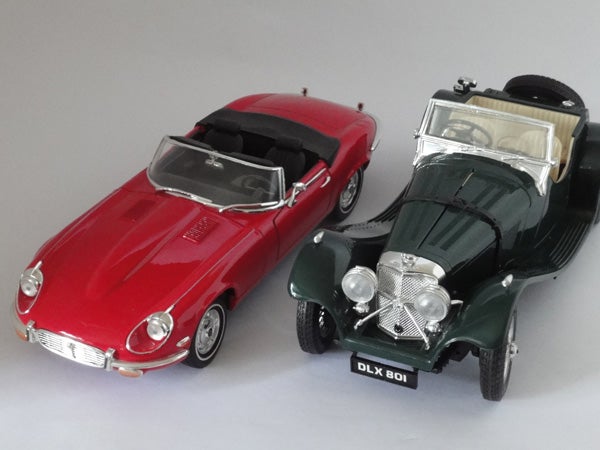
This is the full frame at 1600 ISO.
—-
”A range of general test shots are shown over the next two pages. In some cases, the full size image has been reduced for bandwidth purposes, and a crop taken from the original full resolution image has been placed below it to show the overall image quality. ”
—-
Here’s the usual detail test shot of the West Window of Exeter Cathedral, for you to compare with other cameras. See below for a full res crop, or click for the full sized image. The downloadable file is approximately 3.7MB.
—-
The level of detail is excellent for a 10MP sensor,.
—-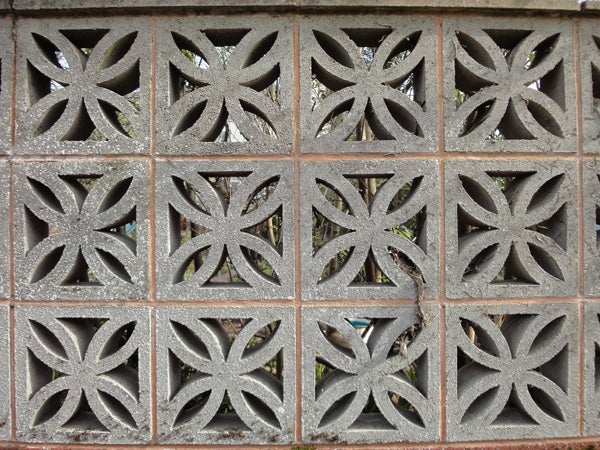
Although very sharp, the lens does suffer from barrel distortion at wide angle.
—-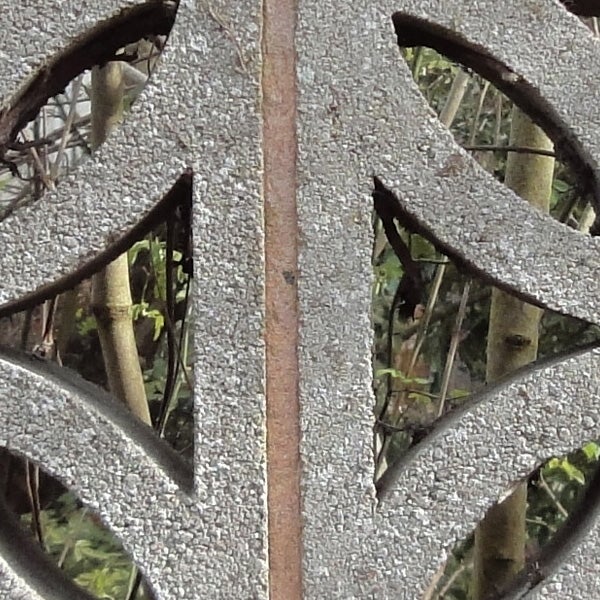
Centre sharpness is excellent.
—-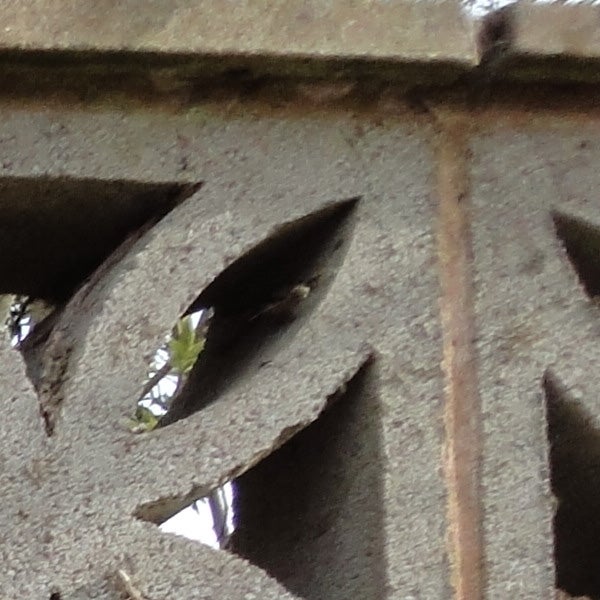
There is a little blurring in the far corners of the frame, but no chromatic aberration.
—-
”Here are some general test shots to help evaluate the camera’s overall image quality, including dynamic range, colour rendition and the zoom range of the lens. Some pictures may be clicked to download the full size original image. ”
—-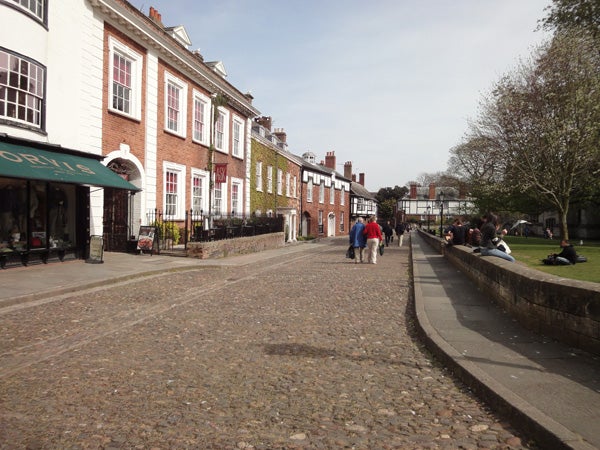
The wide angle and of the zoom is equivalent to 24mm, wider than average.
—-
The 5x telephoto is equivalent to 120mm.
—-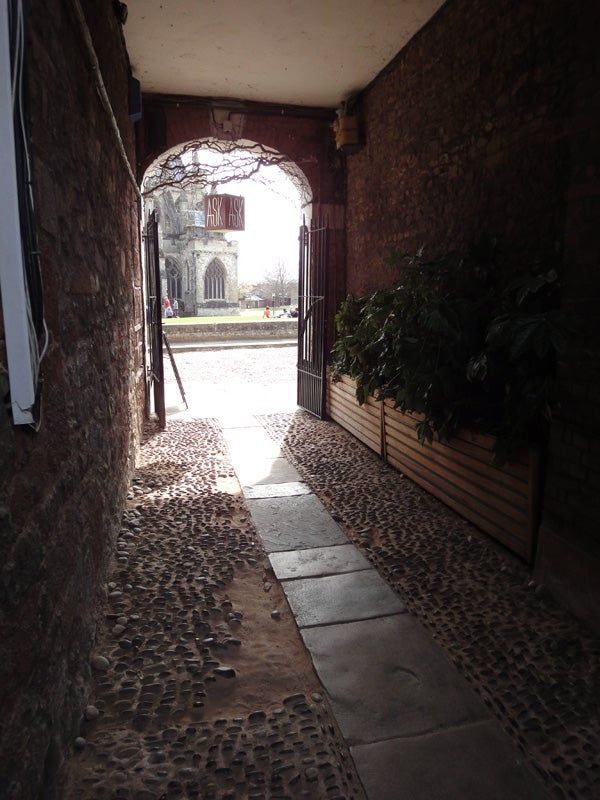
Even with DRO turned off the dynamic range isn’t too bad.
—-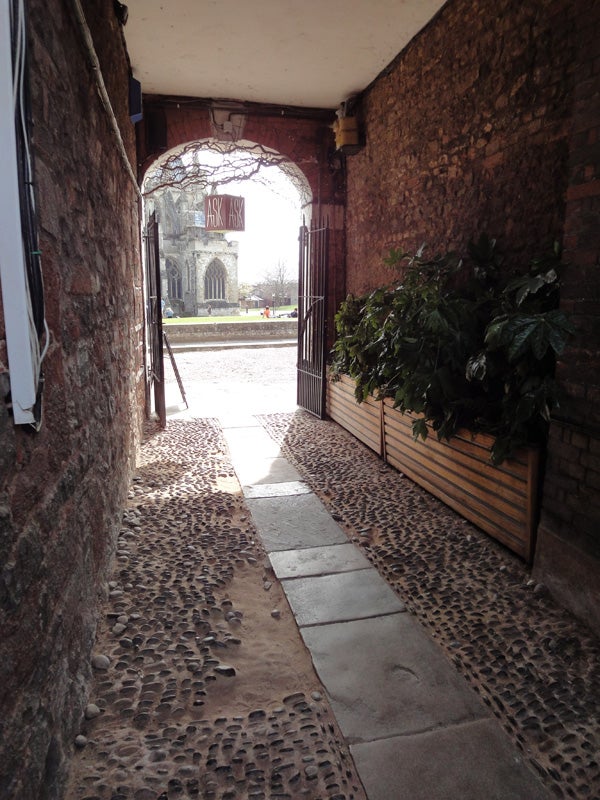
Turning on DRO produces even more shadow detail.
—-
Colour reproduction is excellent.
—-
The Sweep Panorama mode is great for…well, panoramas.
Trusted Score
Score in detail
-
Value 7
-
Image Quality 8
-
Build Quality 9
Features
| Camera type | Ultra Compact |
| Megapixels (Megapixel) | 10.2 Megapixel |
| Optical Zoom (Times) | 5x |
| Image Sensor | 1/2.4-inch Exmor R CMOS |
| Image Stabilisation | Optical |
| LCD Monitor | 2.7 in, 3 in |
| Flash modes | Auto Flash, Flash OFF, Flash ON, Red-eye Reduction |
| Video (max res/format) | 1280 x 720, 640 x 480 |
| Memory card slot | Memory Stick Duo, Memory Stick PRO Duo, Memory Stick PRO High Speed Duo, Memory Stick PRO-HG Duo |

